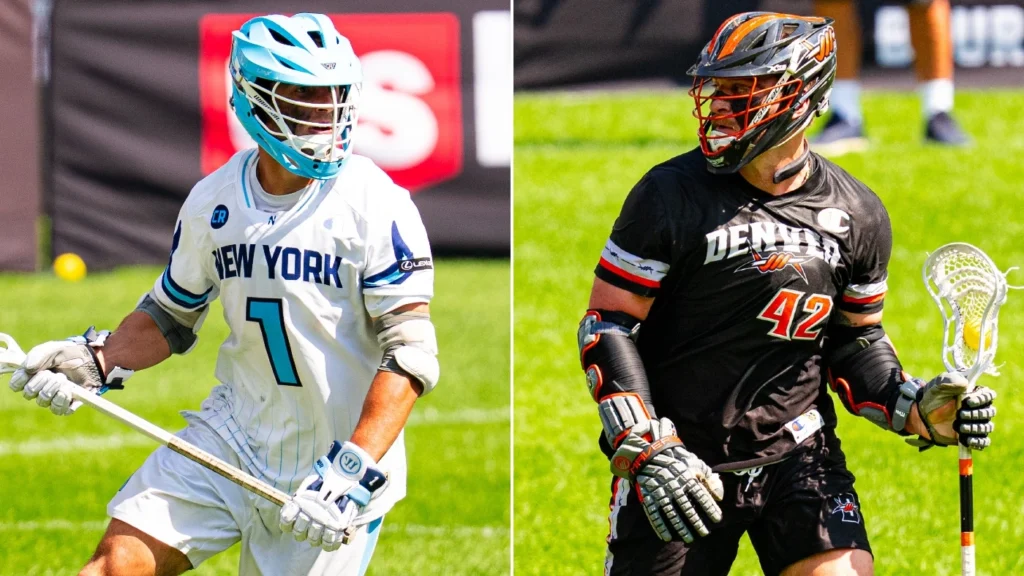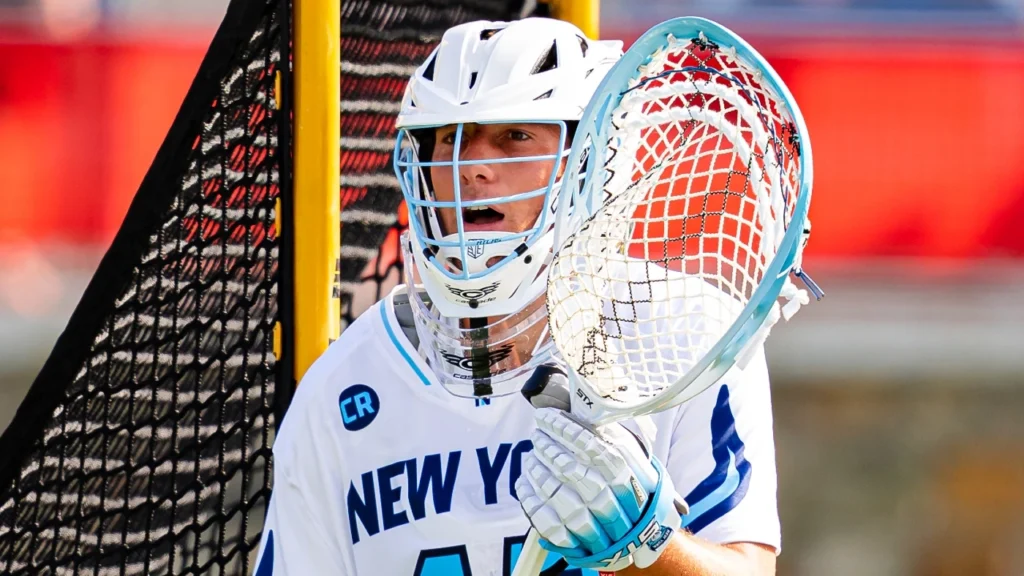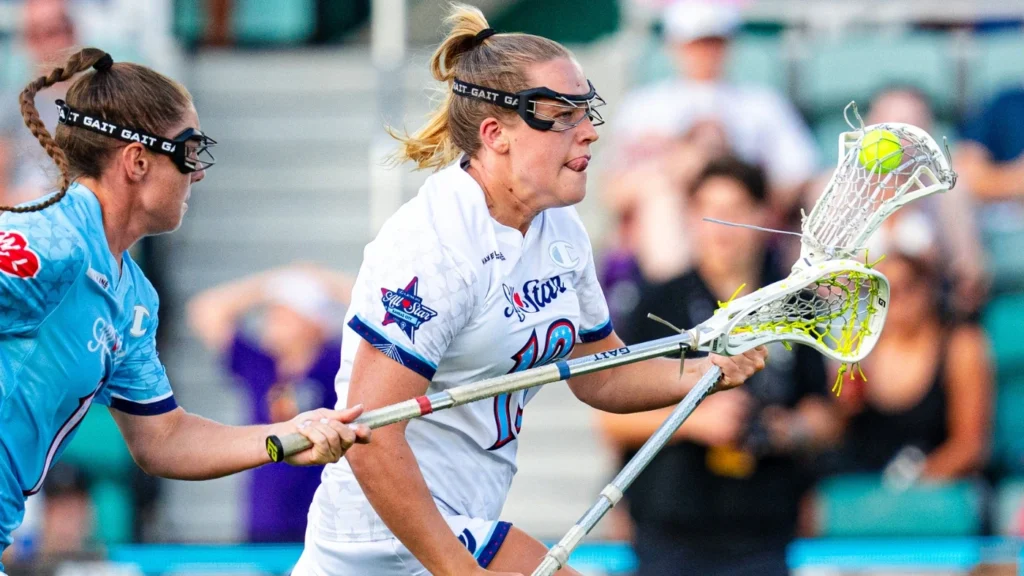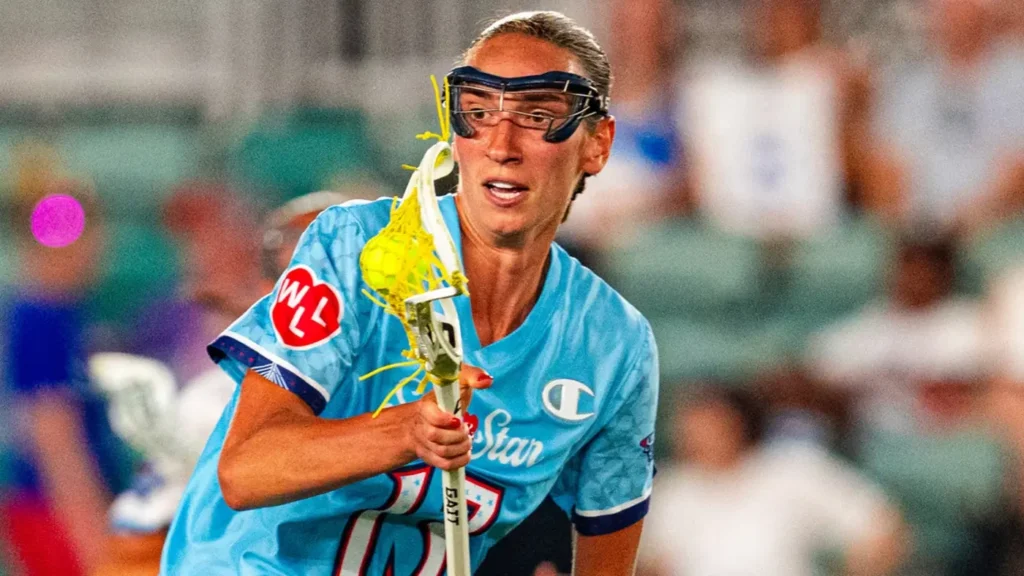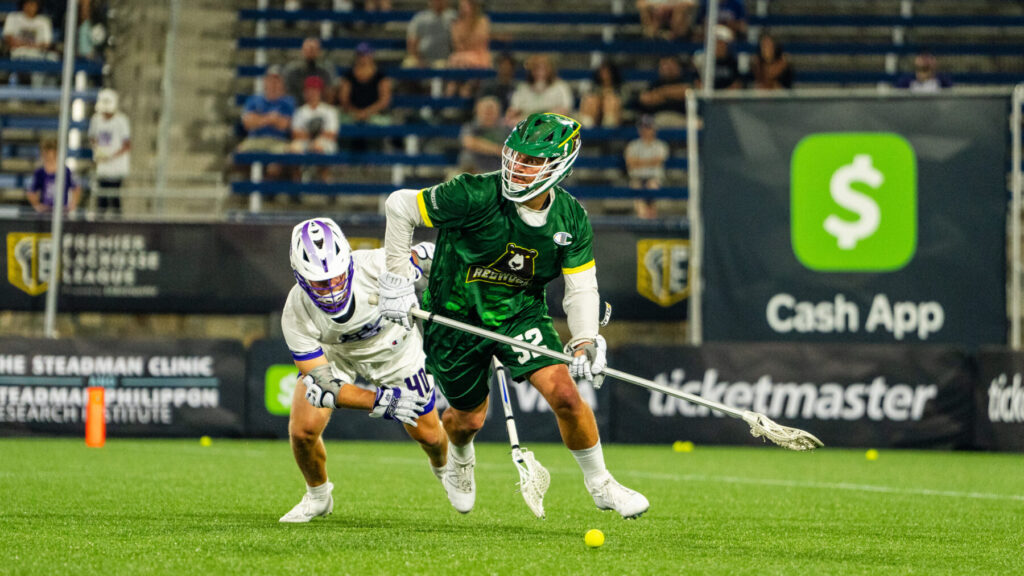
The Epple Effect: The Strategy Behind the Redwoods’ Comeback
By Jerome Taylor
Jun 13, 2023
Redwoods LC has gotten off to better starts than they did Friday night in Charlotte against Waterdogs LC.
Michael Sowers was cooking the ‘Woods’ defense to start the game, and the Redwoods fell behind 6-0. But that came to a halt once Garrett Epple switched on to become his primary defender.
So we’ll take a closer look at three plays from the Redwoods' 10-9 come-from-behind victory to see what Epple and the ‘Woods’ defense did to limit Sowers’ damage to the first quarter.
Before we get into what Epple and Co. did to slow down Sowers, we should look at what Sowers was doing to start the game.
Arden Cohen was the primary defender on Sowers to start, and like most things to begin Friday night’s game, it wasn’t working.
This is not an indictment on Cohen. As Waterdogs head coach Andy Copelan said, “It wasn’t an Arden Cohen thing as much as it was a Michael Sowers thing,” when talking about how the Waterdogs offense started the game.
And for good reason, last year, Sowers finished with 21 goals (tied for 4th in the PLL), and by the end of the first quarter, he had 4 points (2G, 2A).
Because of Eddy Glazener’s ability as the quarterback of the defense – communicating and directing the Redwoods’ back line – and Epple’s strength as a slider, Cohen drew the matchup.
And since Sowers has a speed advantage against most defenders, he used it against Cohen.
Off the reset in the play below, he uses a left-to-right split dodge to get to his dominant hand.
Meanwhile, Cohen gets caught just enough by Connor Kelly’s pick to give Sowers an angle and more than enough time to get his hands free, and he powers one by Jack Kelly.
Though simple in concept, the ‘Dogs execute the two-man game perfectly here. On the defensive end some things to keep in mind as we progress through the film.
Look at where Cohen decides to start the engagement with Sowers. Additionally, Sowers chooses where he wants to go.
Both these things change later in the game.
Fast forward to the third quarter. By this point, the Redwoods are within one goal of tying the game. And the Waterdogs are in the midst of a 25-minute scoring drought.
And a big reason why is how the ‘Woods started playing Sowers. Epple took over the matchup, and there’s a clear difference in how he approaches defending Sowers.
In contrast to how Cohen played him in the first quarter, Epple is more content with letting Sowers come to him, electing to meet him closer to goal line extended (GLE) versus starting the engagement below it.
“You learn to play angles a little bit more as a defenseman and try to really contain him more than anything,” Epple said after the game. “He’s just too good, too fast, and I’m not going to go out there and try and match feet with him at the end line he’s just going to burn me every time.”
Second and more important, Epple is showing Sowers a slight shade. Doing this makes Sower’s path to the X more difficult. Cutting off X limits his optionality, specifically getting to his right hand.
Throughout his career, Sowers has shot 22.9% with his left hand (8-for-35) compared to 38.8% with his right (26-for-67).
Epple likely isn’t computing those numbers to the decimal point in real time, but he is making a decision about what he’s willing to give up. As a veteran in this league, he knew enough to get Sowers going to his left as much as possible. So even though Sowers gets a hands-free shot, it’s a significantly lower quality shot – over 15% lower.
“If I can get him going one way, maybe to his weak hand, at least that limits his potential, and that’s at least my mentality when I'm guarding him out there,” Epple said.
Like the second play, in the play below, Epple determines more aspects of the engagement than Sowers does.
By this point in the game, the Redwoods had taken a 10-9 lead, and Jack Kelly was on fire in goal (he finished with 19 saves and a 68.8% save percentage). So the Woods were playing with a little more confidence.
The Waterdogs are trying to get Sowers the ball on the right-hand side. Once he gets it, Epple plays him further out than in the previous play we looked at.
But by the time Sowers backs up to get a runway for his dodge, Epple retreats to GLE, like a corner giving a speedy wide receiver cushion.
In addition to respecting Sowers’ speed, the additional space allowed Epple to create an angle where he had the best chance to limit Sowers' options on the right-hand side.
“[Epple’s] good he plays his angles well, and overall [the Redwoods] are just a solid team defense… I thought they did great adjusting,” Sowers said after the game.
So even though Epple has to navigate through a pick and the back of the net, he’s still forcing Sowers into a left-handed shot which, by that point, with the way Kelly was playing, was a win for the ‘Woods’ defense.
Epple is known for his ability to dislodge the ball, with his five caused turnovers leading the PLL this year. But his understanding of defensive positioning and angles is the thing that makes him an all-league defender.
These teams aren’t scheduled to meet again this season, but they could see other during the playoffs, where the stakes are much higher. In that case, Redwoods head coach Nat St. Laurent and assistant coach Chris Collins will have to decide if they want to go back to Epple on Sowers to start the game. Or do they go to Cohen again, giving him different rules of engagement, and if Owen Grant is in the lineup, how would he fare against a speedster like Sowers?
These are questions for another time. For now, the ‘Woods are one of two undefeated teams heading into Columbus, and the way Epple and the rest of the defense adjusted to Sowers is a big reason why.

